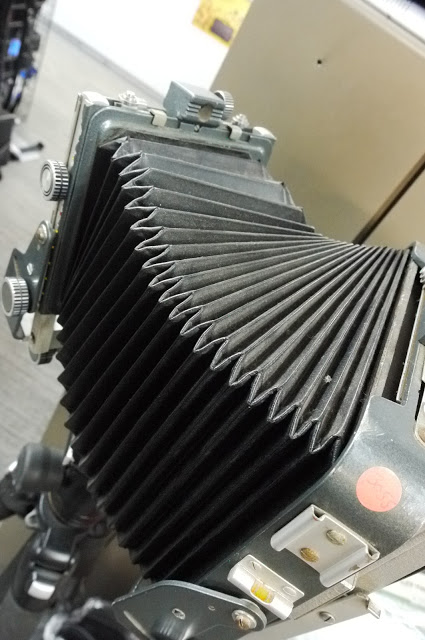29 Sep Tripod Bags – Are They Just For Appearance?
We sell tripods. And we sell tripod accessories; plates for the top, ballheads for the middle, and spiked feet for the bottom. Occasionally we sell a tripod bag, but sometimes I wonder why - and other times I wonder why we do not sell one with each tripod.The bag has two main functions : One; it lets you carry a tripod that is bigger than necessary a longer distance than you need to - and without dislocating your shoulder. Two; it disguises your tripod on the tarmac as you look out of the airplane window and the fuel tanker runs over it.This is the same with golf bags, but with them you can at least wear funny jumpers and spend the late afternoon drinking - with landscape photography you need to be alert for the magic minutes of dying sunlight over the seashore or silos. Tripod bags are altogether soberer items.Manfrotto make them with a startling ends for the three-way heads that go on their large tripods. As these three-way heads are most useful for landscapers this is the choice...











